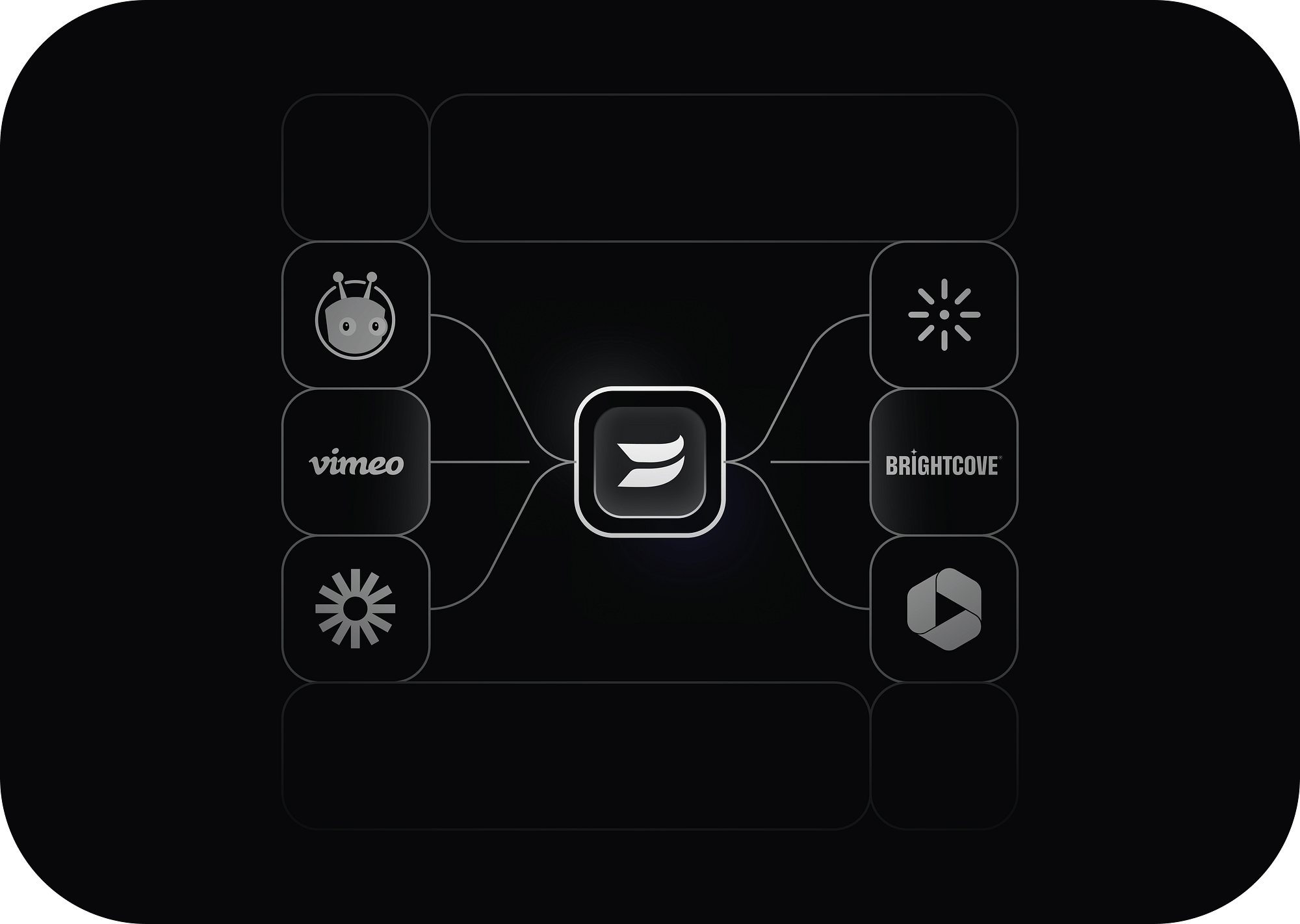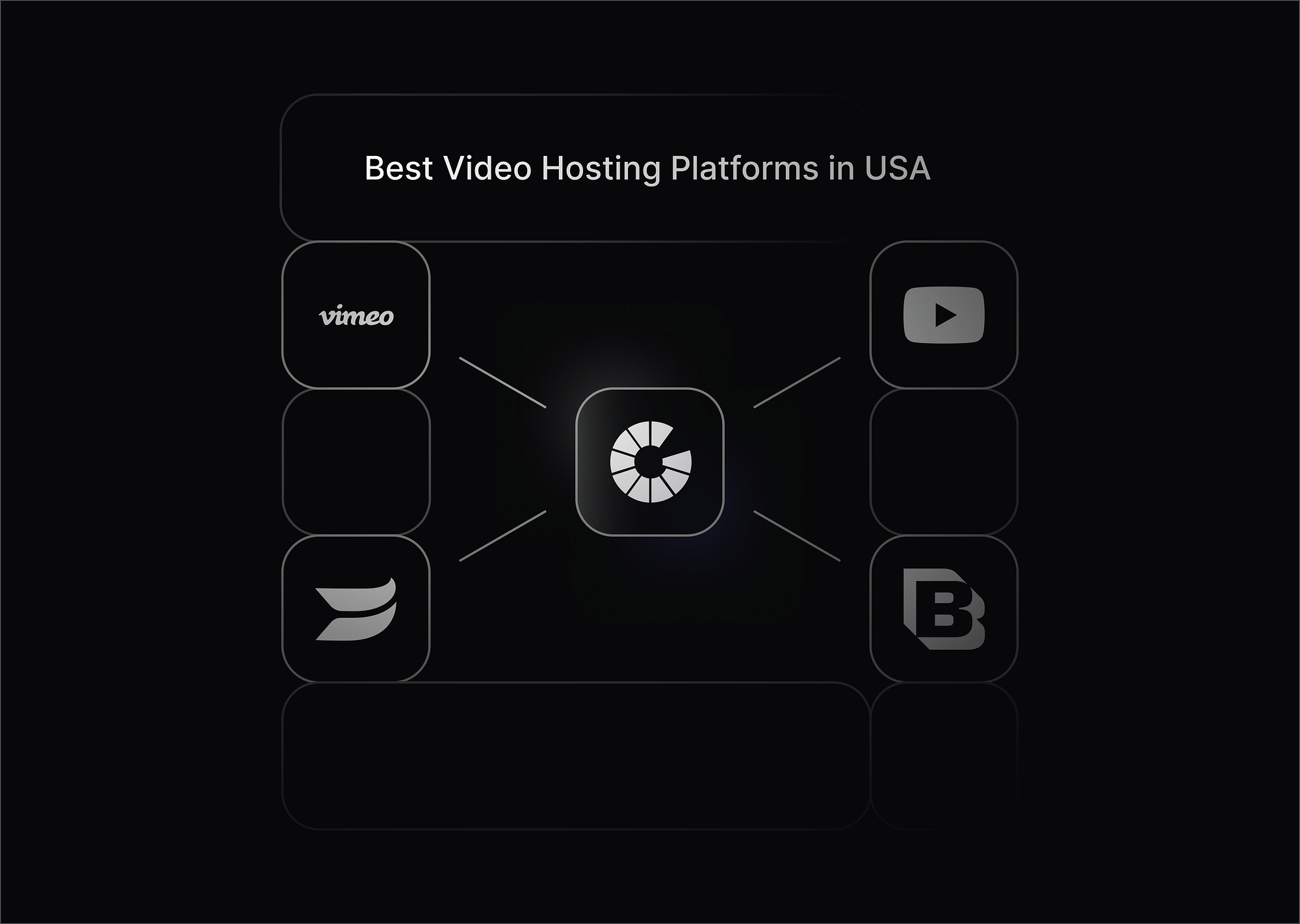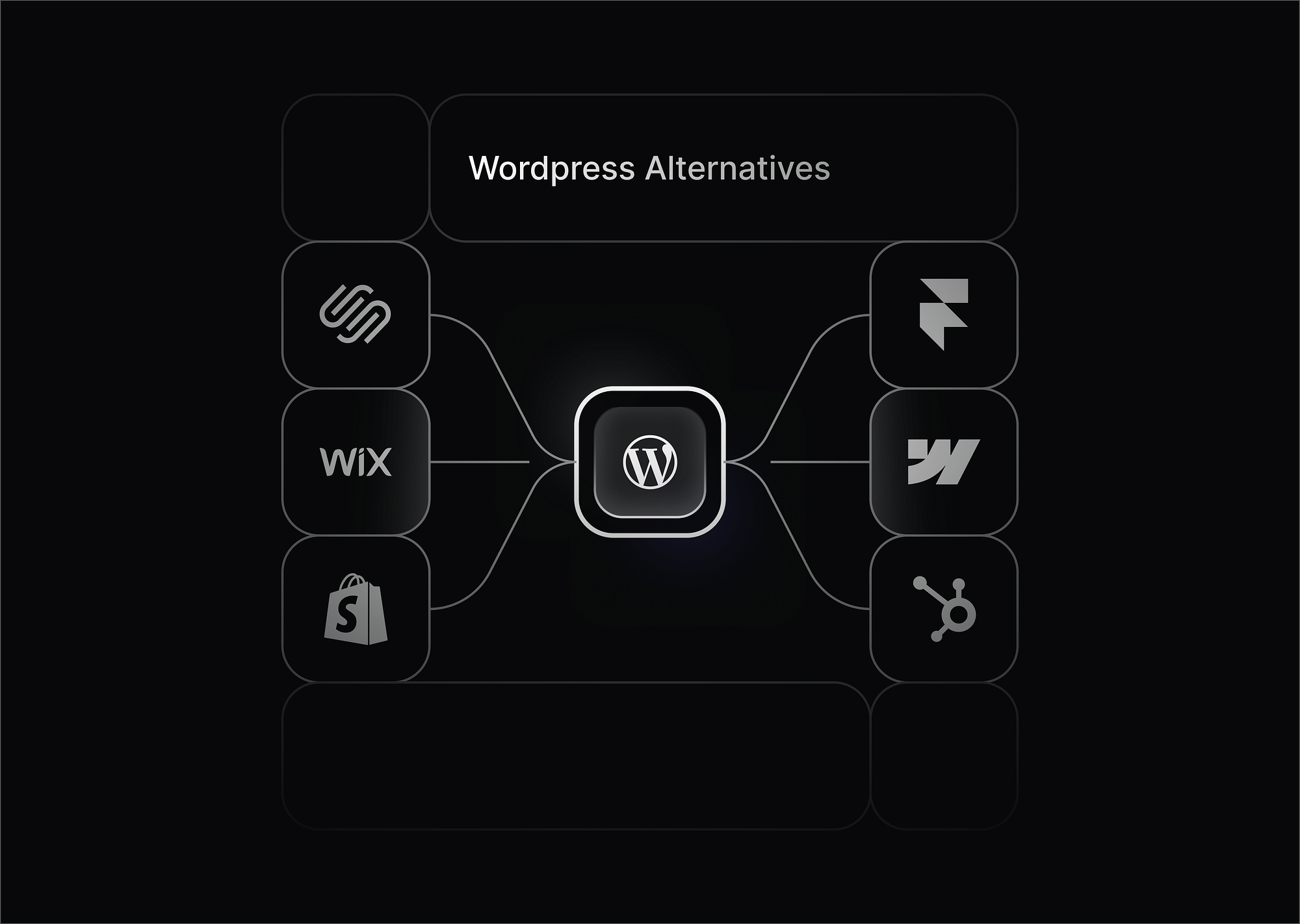Due to the rapid development of video streaming and hosting services, businesses are increasingly searching for a more secure, dependable, and scalable video hosting platform.
According to the Wyzowl 2021 research, 89% of marketing professionals say video gives them a good investment return. And if the latest video trends are any indicator, the popularity of videos will only increase over time. Simply put, there is no better moment than the present to improve your video promotional strategies.
But selecting the best video hosting platforms for organizations is never a simple task to complete. Every company has a unique set of needs regarding video hosting.
Video hosting solutions help businesses expand
You must utilize a dependable video hosting platform to take advantage of the power of video for lead generation, discussing products and services, enhancing email marketing, and promoting your brands.
According to a Statista 2020 report, 14.9 percent of millennials view 10 to 20 hours of video content every week. These are essential video marketing stats to be aware of since they indicate that millennials may be reached through video content.
YouTube, Facebook, and TikTok are frequently compared when discussing video platforms. All three should be included in your marketing strategy, as they can boost brand recognition. However, due to the abundance of videos, yours will likely get lost. Additionally, viewers are readily diverted by the films and advertisements of your competitors.
Features to consider when choosing a video hosting service
Functionalities you should look for in a video hosting software depends on your video and business objectives, but these factors might assist you make the proper decision.
- Data Analytics
Many video hosting services incorporate data analytics tools. Google Analytics, for instance, displays the video completion percentage but not where viewers drop off.
The rate of attrition is an intriguing statistic. For instance, ten percent of your viewers finish the entire video, while most leave within twenty seconds. This could be an indication that the video introduction needs to be revised.
As a business owner, you may want to evaluate the list of data analysis software and understand the benefits it can offer to your brand. Based on viewer consumption trends and preferences, you can source future relevant content using video engagement information extracted from the data analysis software. To make proactive and data-driven decisions, you can use data analysis software to view average playtime, titles per user, and happiness scores.
By applying the video engagement metrics, you can lower possible user churn by providing high-interest material for video watching.
2. Interactivity functionality
An interactive video can boost audience engagement and conversion rate. Multiple video platforms with interactive capabilities are widely available. However, the extent of interactivity provided by each tool varies. Some allow you to add a link to a video, while other platforms let you create entire films with multiple links.
Before adopting interactive video, you must evaluate whether it will be seen on mobile devices. Not all platforms enable mobile-friendly interactivity, which can present complications.
According to a 2020 survey by Statista, 43 percent of participants stated they viewed video content on their mobile devices, compared to 52 percent who claimed the same about viewing video content on a computer.
If you utilize interactive video to respond to commonly asked questions, you may want users to be able to view it from any location and at any time. Therefore, mobile device functionality for all devices, including iPhone, is desirable. Some platforms do not support iOS interaction. Consider the purpose of your video and where you wish to reach your audience.
3. Video transcoding and encoding
Live or prerecorded video uploading demands more than the ability to transmit your video files to your video CMS.
When uploading a previously recorded video, your platform must include an automated content transcoder.
This function converts your video materials from one format to another, keeping them compatible with multiple platforms and devices. Without automatic transcoding, you must convert and post each video file in several file formats for the majority of users to be able to see your videos.
With a video hosting tool, the process is automated. Built-in transcoding technologies increase the accessibility of your material with less effort on your part.
You require encoding capabilities from your secure video hosting
for live streaming video. Using an encoding software, video encoding compresses the RAW photos that come straight from your video equipment during a live stream so that they may be provided to users more readily. Otherwise, live streaming content would be too huge to play successfully on most gadgets, leaving viewers with unending buffering and sluggish video feeds.
4. An intuitive dashboard
The dashboard is a management interface for your videos. The interface allows you to configure your video distribution plan and provides rich video analytics. Each video platform includes a dashboard, but its functionality and user-friendliness vary widely. Consider whether you think the dashboard to be user-friendly.
You will also be able to add metadata to your video contents from the dashboard. This is crucial for your video SEO practices. You may improve your chances of ranking first on Google by providing the appropriate title, meta description, and tags. Metadata will assist you in maintaining the structure of your content. Metadata will make the platform's navigation simpler, helping multiple users who collaborate on a single publication.
5. Video content management system
To make it simple for you to swiftly and efficiently upload, store, manage, categorize, and distribute your video content, your video hosting platform must be equipped with a robust video content management system.
A professional content management system with the correct functionality can batch edit or delete videos, allow bulk uploads, and let you give your films a unique video thumbnail. The capacity to embed a video anywhere, the ability to organize films and build special playlists, and the ability to replace movies without altering the URL or changing the embed codes are all provided by video content management systems.
6. High-level video security and privacy
Video sharing platforms safeguard the content from being stolen by people who shouldn't have access to it by incorporating cutting-edge security and privacy features. Your video is protected from uploading errors thanks to these features as well.
An intelligent uploading program will keep your files safe if your WiFi connection becomes unreliable while you are uploading or if you have to turn off your computer during the operation. This auto-pause feature protects your videos against corruption throughout the uploading process.
Additionally, you ought to be able to choose several access levels to your video contents, such as a password-protected option or a public view.
This restricts access where you require it, preventing others who haven't paid for access or don't require the information in your film from viewing it.
To stop video pirates from stealing and misrepresenting your work as their own, advanced security controls also safeguard elements like your embed codes.
7. Strong support system
Any successful business depends on providing excellent customer service. To handle your business and technical demands, ensure that your video platform provides transparent and communicative support channels. A thorough FAQ or knowledge management system, complete with all relevant material, tutorials, and screenshots, makes finding the solutions you need easier.
8. Cost of the platform
A video platform's pricing or plan may change depending on several factors. These metrics include the number of watchers, videos, and hours streamed. These measurements will determine your bandwidth and storage requirements and the basis for pricing. As a result, it is always advised to start modest and update as your business develops.
Find the best video hosting solutions to keep your brand growing
Platforms for hosting online videos are necessary for professional live streaming. Most professional video hosting platforms have all the tools you need to make a great broadcast.
Deciding to include video in your marketing strategy is a huge step. Therefore it's essential to back up all of your excellent videos with the appropriate expert video hosting platform. Before choosing, do some research and test out a few different services. The ideal solution for you will ultimately depend on several variables, such as your marketing and promotion budget, level of expertise, and certain features you require, including analytics and reporting.
FAQs
1. Should I host My own videos or use a Video Hosting site?
If you need a simple, cost-effective way to host and share your videos, then a video hosting site might be the best choice. These sites generally provide easy access or management of your videos, streaming capabilities, and analytics to track viewership.
2. Is video hosting expensive?
Video hosting costs vary widely depending on the size of your video library, the features you need, and other factors. Basic video hosting plans range from free to several hundred dollars per month. Depending on your desired features and capabilities, more advanced plans can cost hundreds to thousands of dollars per month.
3. What are the Best Video Hosting Sites?
Some of the best video hosting sites are YouTube, Vimeo, Gumlet, etc.
4. Is there a free video hosting site?
Yes, YouTube is a free video hosting platform.




